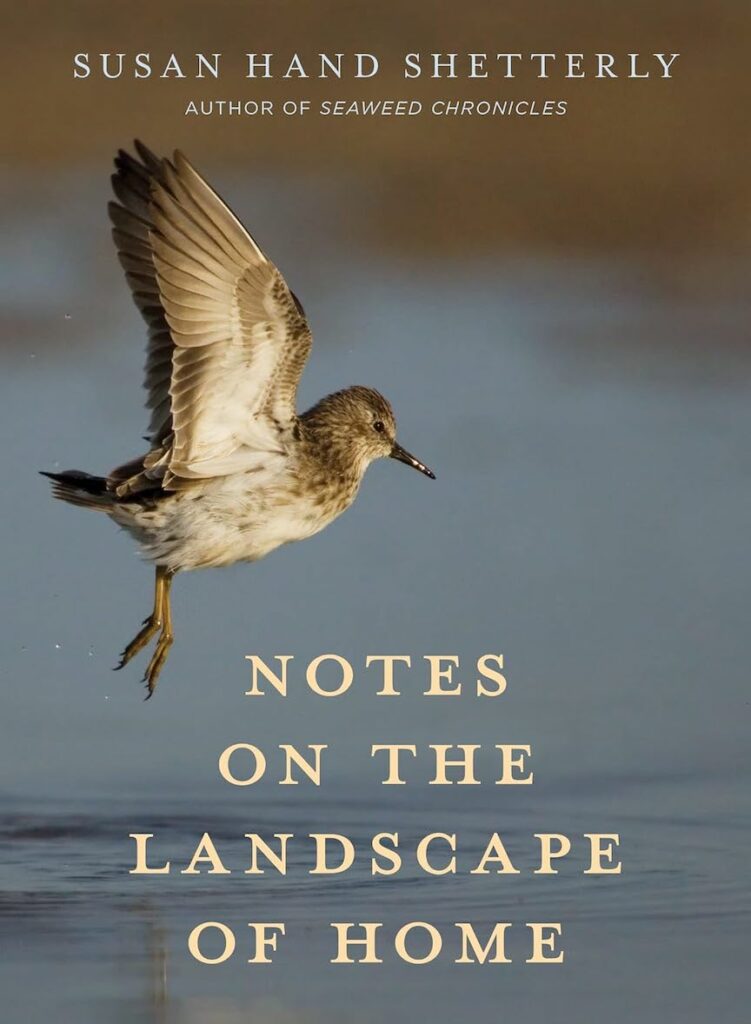
By Susan Hand Shetterly
Down East Books, 2022
200 pages, hardcover, $22.95
Take a walk with Susan Shetterly and expect to see more, feel more, understand more in every encounter with the wild world — with many of its fauna and flora and human defenders. Within the 32 essays of “Notes on the Landscape of Home,” the reader will find wonderful insights into the endangered among us, including eels, alewives, humpback whales and several species of birds. On Maine Big Night, a time to rescue salamanders and frogs, she muses: “Whatever we … love that’s wild, it’s likely these days that it needs some kind of help.”
Shetterly revels in exquisite watercolors of native plants by Kate Furbish; while, in another setting, making the most of COVID downtime, she reports wrenching out invasive bittersweet — a practice as essential as pruning to maintain healthy ecosystems.
The importance of organic agriculture to Maine’s quality of life is highlighted in two chapters: one on Darthia Farm in Gouldsboro and another on seaweed farming Downeast.
Several of the essays show up-close perspectives of Maine communities where the author has settled, going deep into wild bogs and woods of Surry, as well as a shoreland preserve she and others persevered for many weeks and months to establish there. Having lived in Prospect Harbor as well, she is inspired by the artistic visions of Marsden Hartley; whereas, along the southern coast of the state, Winslow Homer’s studio setting, painted on canvas, is the subject of a captivating rumination on solitude, then and now — a theme she celebrates also in the writing of Sarah Orne Jewett.
Other authors Shetterly admires: E.B. White (especially for “Charlotte’s Web”) and Henry David Thoreau. She calls Thoreau a lifeline, in fact, a guiding light for her just after college, when she felt rudderless. A sketch Thoreau made of the route he walked across Cape Cod around 1850 had prompted her 18-year-old mother, who had acquired the map, to retrace the writer’s footsteps nearly a century later. The story of that trip and other details of her mother’s life, interspersed with parts of Thoreau’s biography, are related as formative influences. They explain much about Shetterly’s own evolution, coming full circle in a sense, nearly a century after her mother’s 1929 odyssey. She uses the powerful image of a lighthouse — indeed, a guiding light — to bring this poignant essay around to a fitting conclusion: “circle and beam [,] circle and beam.”
Following Thoreau — “Go present and empty, and things will come” — (or, paraphrasing Annie Dillard, “wait long enough, staying quiet, and something will happen”), Shetterly has learned to distill the essence of wild nature, closely observed. If she can be said to have a formula, it’s a process of interweaving two or more discrete themes and spooling down the narrative to an ending with a diverting element of the unexpected. Unfailingly satisfying, Shetterly’s lines often scan like poetry.
As with her earlier book, “Settled in the Wild,” this new one addresses increasing threats of climate disruption and environmental degradation and exhorts us to pay careful attention to them.
Jody Spear, Harborside, Maine
